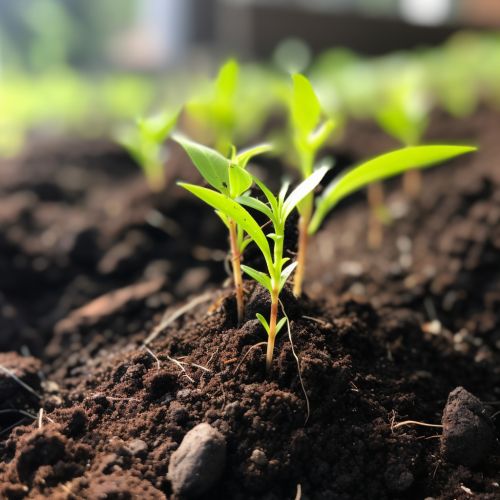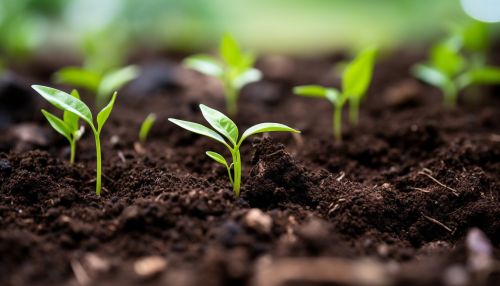In situ bioremediation
Introduction
In situ bioremediation is a process that uses naturally occurring organisms to break down hazardous substances into less toxic or non-toxic substances in their natural environment. This process is used to treat contaminated water and soil. The term "in situ" is a Latin phrase that translates to "on site," indicating that the bioremediation process occurs directly at the site of contamination, without the need to excavate and transport the contaminated material to a treatment facility.


Principles of In Situ Bioremediation
In situ bioremediation relies on the metabolic activities of indigenous microorganisms, such as bacteria, fungi, and yeast, to degrade or transform contaminants into less harmful substances. These microorganisms use contaminants as a source of energy and nutrients, breaking them down through metabolic processes. This process is influenced by various environmental factors, including temperature, pH, nutrient availability, and the presence of oxygen (aerobic conditions) or absence of oxygen (anaerobic conditions).
In order for in situ bioremediation to be successful, the contaminated site must have a viable population of indigenous microorganisms capable of degrading the contaminants. If the population is insufficient, it may be necessary to introduce an external population of microorganisms, a process known as bioaugmentation. Alternatively, the environmental conditions at the site can be optimized to stimulate the growth and activity of the indigenous microorganisms, a process known as biostimulation.
Types of In Situ Bioremediation
There are several types of in situ bioremediation, including bioventing, biosparging, bioaugmentation, biostimulation, and phytoremediation.
Bioventing
Bioventing is a process that involves the stimulation of the indigenous microorganisms in soil by providing them with oxygen. This is achieved by injecting air or oxygen into the soil, which enhances the aerobic degradation of contaminants.
Biosparging
Biosparging involves the injection of air or oxygen into the groundwater to stimulate the indigenous microorganisms. This process is similar to bioventing, but it targets the saturated zone of the soil rather than the unsaturated zone.
Bioaugmentation
Bioaugmentation involves the addition of external microorganisms to the contaminated site to enhance the biodegradation of contaminants. This technique is used when the indigenous microorganisms are incapable of degrading the contaminants or when their population is insufficient.
Biostimulation
Biostimulation involves the addition of nutrients and other amendments to the contaminated site to stimulate the growth and activity of the indigenous microorganisms.
Phytoremediation
Phytoremediation involves the use of plants to absorb, accumulate, or degrade contaminants in soil and water. This process can be used for in situ bioremediation of certain types of contaminants, including heavy metals and certain organic compounds.
Applications of In Situ Bioremediation
In situ bioremediation has been used to treat a variety of contaminants, including petroleum hydrocarbons, chlorinated solvents, pesticides, heavy metals, and radionuclides. This process has been applied in various settings, including industrial sites, oil spills, landfills, and agricultural fields.
Advantages and Disadvantages of In Situ Bioremediation
In situ bioremediation offers several advantages over traditional remediation methods. It is generally less expensive, as it does not require excavation and transport of contaminated material. It also causes less disruption to the environment, as it utilizes the natural metabolic processes of microorganisms.
However, in situ bioremediation also has some limitations. It is not effective for all types of contaminants, and it requires a viable population of indigenous microorganisms capable of degrading the contaminants. The process can also be slow, taking months or even years to achieve the desired level of decontamination.
Conclusion
In situ bioremediation is a promising technique for the treatment of contaminated soil and water. It offers a cost-effective and environmentally friendly alternative to traditional remediation methods. However, further research is needed to optimize the process and expand its applicability to a wider range of contaminants and environmental conditions.
